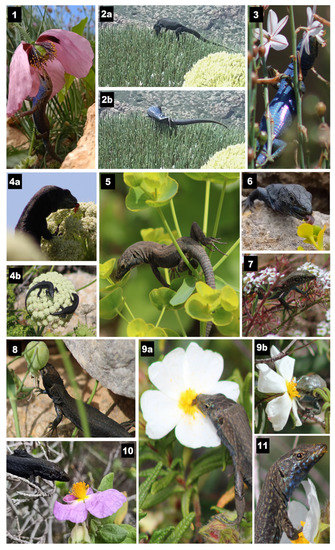Overall, our results suggest that eDNA amphibian surveys in Mediterranean temporary ponds need to consider filter clogging, heterogeneous DNA distribution, and highly conductive waters. Leer más.







Overall, our results suggest that eDNA amphibian surveys in Mediterranean temporary ponds need to consider filter clogging, heterogeneous DNA distribution, and highly conductive waters. Leer más.

This study becomes a starting point to improve the management and control programs of invasive snake populations in the Balearic Islands. Long-term control as well as the improvement of the detection and capture of adult females are strongly recommended to attempt the eradication of Z. scalaris in Formentera. Leer más.

We report, for the first time, direct evidence of F1 hybrids between parity modes in urodeles and a case of parity mode reversal at the individual level. Leer más.

The role of lizards as potential pollinators is increasingly recognized, especially on islands. However, there are very few studies at the community level that have also addressed intraspecific variations related to the consumption of floral resources. Leer más.
